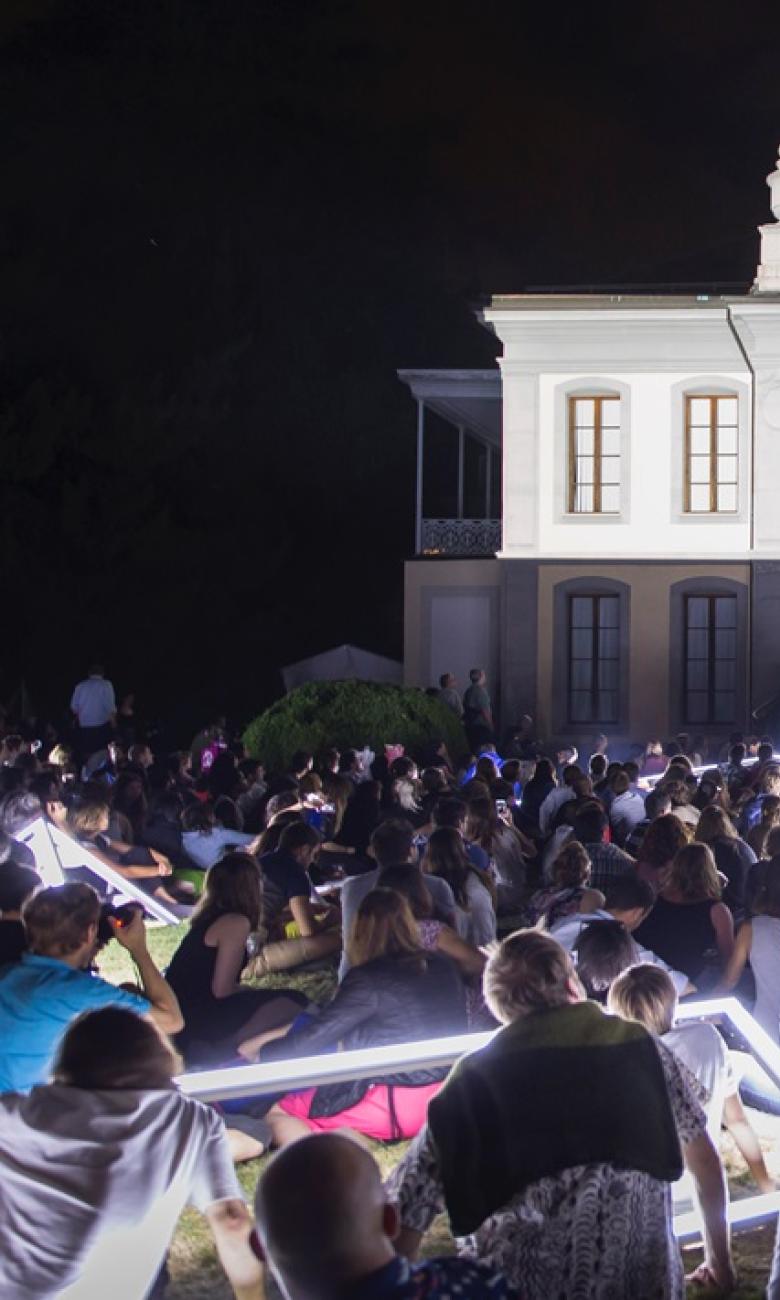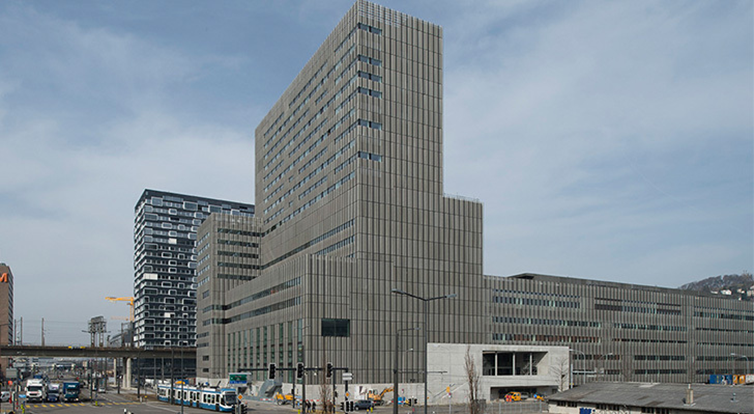Swiss photography: its museums and institutions
The ‘Rencontres d’Arles’, the world’s foremost photographic festival, attract many major artists of this field, in particular within the walls of ‘Nonante-neuf’, a 100% Swiss venue successfully launched at the 2015 event. Before opening the doors of the former SNCF workshops where it is housed, first a few words about this Swiss ecosystem, an exceptional fabric of museums, institutions and top schools.
The main museums
Sam Stourdzé, director of the ‘Rencontres d’Arles’, spent a brief but noteworthy period at the Musée de l’Elysée in Lausanne, where between 2010 and 2014 he continued the exemplary work of his predecessors (the founder Charles-Henri Favrod and the legendary William A. Ewing). In just four short years he also reinitiated the Nuit des images and launched the Prix Elysée and magazine ELSE. His successor, Tatyana Franck, who was fascinated by photography from a very young age (she is related to Henry Cartier-Bresson), also made her mark early on, overseeing the move of the 21-year-old institution to the future ‘museum hub’ in Lausanne, Plateforme 10. On the other side of Switzerland, the Centre for Photography in Winterthur complements in a remarkable way the work of its counterpart in Lausanne: comprising the Fotostiftung Schweiz, the Swiss Foundation for Photography, and the Fotomuseum – created in 1993 and directed by the duo Duncan Forbes and Thomas Seelig – the ‘Fotozentrum’ benefits from a coherent and ultramodern location on the former Schleife industrial site. Launched in 2012, its blog Still Searching is addressed primarily at photography fans; its annual event, Plat(t)form, gives upcoming artists from around the world the opportunity to present their portfolios.

Adventurous institutions and events
There are further institutions in Switzerland which, though smaller, are not lacking in arguments and so are also able to attract attention in their field. Importantly, all organise their own annual, biennial or triennial events attracting international attention. Born in 1984 from a partnership between Genevan photographers, the Centre de la photographie de Genève rubs shoulders with the illustrious MAMCO and Centre d’art contemporain in the BAC. Headed by Joerg Bader, this institution made a name for itself in particular by setting up, in 2003, the triennial 50 JPG – 50 days for photography in Geneva (50 Jours pour la photographie à Genève) – which unites the whole city around this medium. Centred on the exhibition ‘Caméra(Auto)Contrôle’, which immerses us in the controversial issue of drones and other surveillance systems controlled by photo or video camera, the 2016 edition has just opened its doors, as we have already reported.
In Biel, meanwhile, the 20th edition of the Festival of Photography, which focused on the (re)construction of reality with 20 or so international exhibitions, has just come to an end. Alongside the Prix Photoforum, another showcase of the PhotoforumPasquArt in Biel that annually awards upcoming talented artists, the Festival of Photography provides an overview of contemporary photography and plays an important role as a platform for young Swiss artists.
The most recent of the events of similar calibre in Switzerland is without doubt the most original. In addition to its Grand Prix de photographie (one of the oldest and most generous awards in Europe) and its exhibition venue (Espace Image, formerly Quai1), with its concept ‘Vevey ville d’images’ in 1995 this town on the shores of Lake Geneva created an open-air photography festival presenting large-scale works on buildings, and also in a more classic but equally unusual format. The 2016 edition of Images starts on 10 September. The panorama would not be complete without mentioning the very recent Photobastei in Zurich, held in a building in Kreis 5 loaned by the City that recently housed the largest ever exhibition dedicated to Vivian Maier. And not forgetting Alt. +1000, a festival that aims to enrich atypical spaces in the small village of Rossinière, situated in the Pays-d’Enhaut, and that looks primarily at geographical and topographical relationships.

Dynamic schools
Thanks to the museums and institutions mentioned above, Switzerland has been able to establish a reputation for itself in international photographic circles – but what about its training institutions? Whereas stars such as Jeanloup Sieff and René Burri acquired the tools of the trade on the benches of Swiss schools (in Vevey and Zurich respectively), many historical figures taught themselves. While it is not necessarily a better path to take, members of the younger generation seem unprepared to launch themselves into the profession without first having obtained a bachelor degree at least. The results and the awards may indeed bear them out, given the number of works produced during their studies by big names in Swiss photography. Several come to mind: the passionate conceptual duo Taiyo Onorato & Nico Krebs, who graduated in 2005 from Zurich University of the Arts (ZhdK), the biggest school of the arts in Switzerland and one of the largest in Europe (2,500 students), which recently moved to the premises of the old Toni dairy factory.

And then there is the Vaudois artist Yann Gross, winner of several awards, who will present his new work ‘The Jungle Show’ at the Rencontres d’Arles; Yann graduated in 2007 from the Lausanne Cantonal School of Art (ECAL), a major player in design and the visual arts since its renaissance under Pierre Keller in the 1990s, and which has just launched a Masters in Photography. Also worthy of mention is Augustin Rebetez, a prolific artist from the Jura who shies at no medium; in 2009 he obtained a degree in photography from the Centre d’enseignement professionnel de Vevey (CEPV). And let’s not forget the numerous other art schools that do not have their own photography department but which offer courses in this medium in other departments, such as HEAD in Geneva or the Academy of Art and Design (FHNW) and the Schule für Gestaltung, both in Basel.




